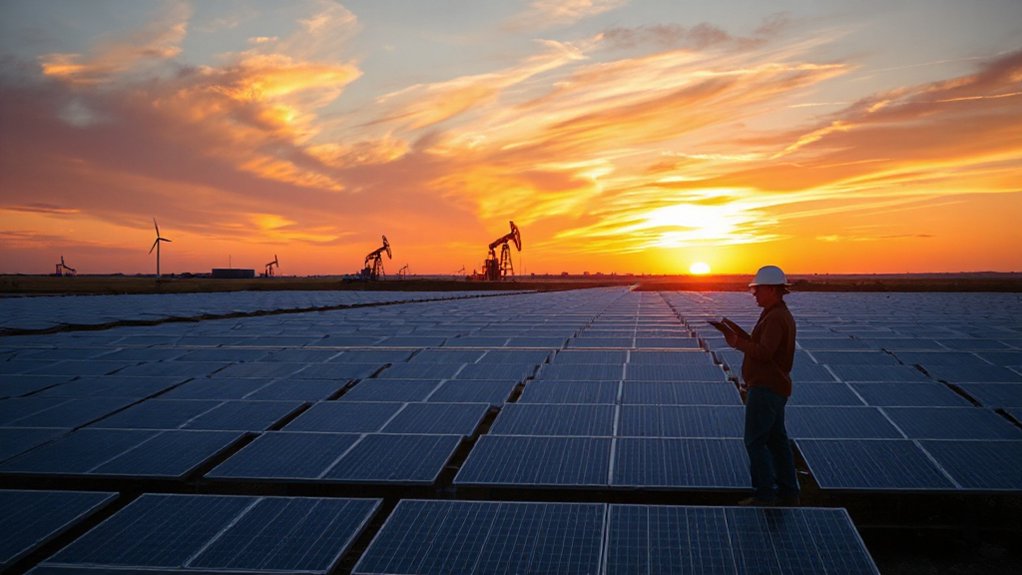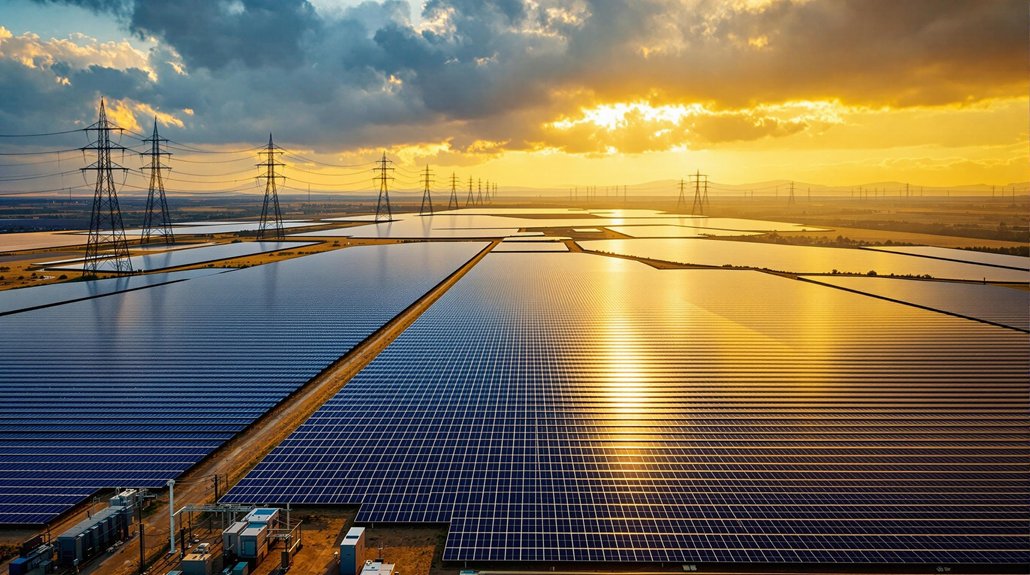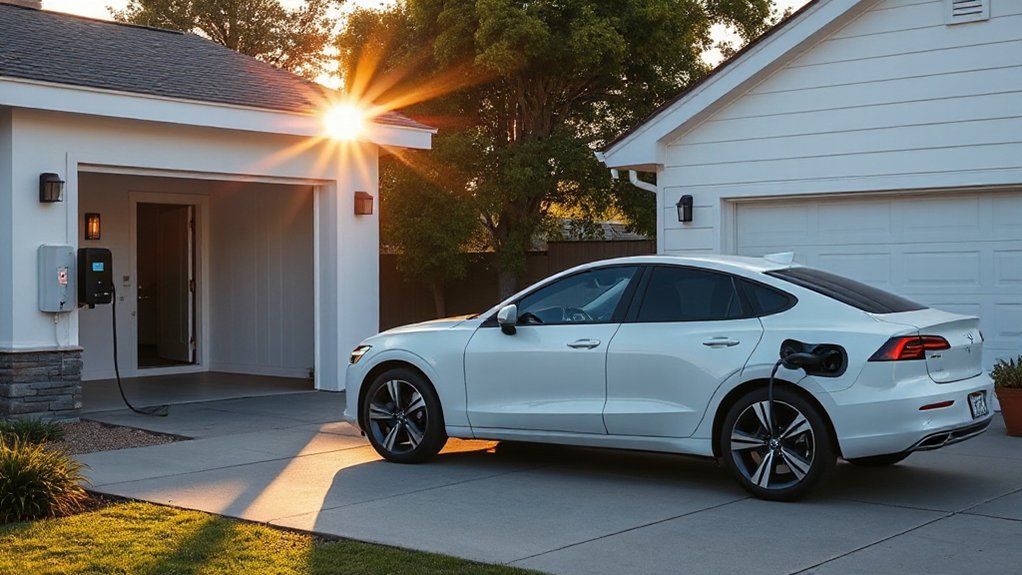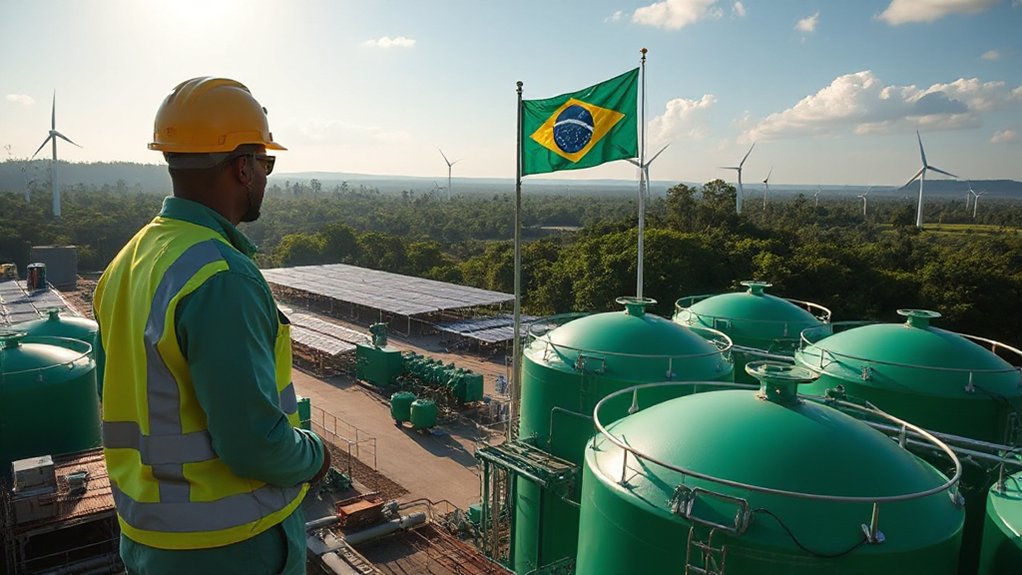Energy giants are flexing their fossil fuel muscles again. A new alliance called Power Titans is pushing ahead with plans for a massive 5.4-GW gas-fired power plant network across America. It’s a bold move that feels like a middle finger to the renewable energy sector. These companies, all veterans in the fossil fuel game, claim they’re just responding to electricity demand and grid reliability issues. But let’s be real—this is about protecting their turf.
The scale is impressive, if you’re into that sort of thing. We’re talking enough power for over 4 million homes, spread across multiple states. It’s one of the biggest gas infrastructure investments in years. The alliance isn’t subtle about their timing either. They’re aiming to be up and running by 2026, precisely when renewables were projected to hit their stride. This timeline ignores the growing electricity demand in Texas, which is forecast to reach 130-150 gigawatts by 2030.
A fossil fuel flex so massive it could power millions of homes right when renewables were supposed to shine
Market analysts predict the move could grab 10% of new power capacity additions in the U.S. by 2026. Solar and wind might see their growth stunted by 5-7%. Convenient, right? The $8 billion project has banks and investors falling over themselves to get involved. Jobs are part of the pitch—12,000 construction positions and 1,500 permanent roles once operational. This approach contradicts discussions at the recent GIE Annual Conference which emphasized innovations for Europe’s decarbonisation path.
The money math isn’t complicated. Gas plants cost $1,500-$2,000 per kW, often beating recent renewable projects on price. They’re also leveraging existing gas infrastructure. Smart. Cynical, but smart.
Of course, there’s that pesky emissions issue. The project will pump out 18-22 million metric tons of CO₂ annually. Environmental groups aren’t thrilled. Regulatory hurdles exist, especially in states with stricter permitting requirements. This gas-focused strategy directly counters the clean energy transition, especially as Trump’s budget proposes a 74% cut to renewable energy programs at the Department of Energy.
The alliance insists this is all about keeping the lights on during extreme weather. Gas plants as the heroes during blackouts. They’re even considering carbon capture technology to look more environmentally friendly.
But the timing and scale make their intentions clear. This isn’t just about reliability—it’s about slowing renewable energy’s inevitable march forward.
References
- https://texasnuclearalliance.org
- https://www.naesb.org/pdf4/members_company.pdf
- https://www.texasalliance.org
- https://www.gie.eu/event/gie-annual-conference-2025/
- https://olmsapps.dol.gov/query/getOrgQry.do
- https://www.bankingonclimatechaos.org
- https://www.pwc.com/gx/en/services/alliances.html
- https://globalenergymonitor.org/wp-content/uploads/2025/03/Boom-Bust-Coal-2025.pdf









